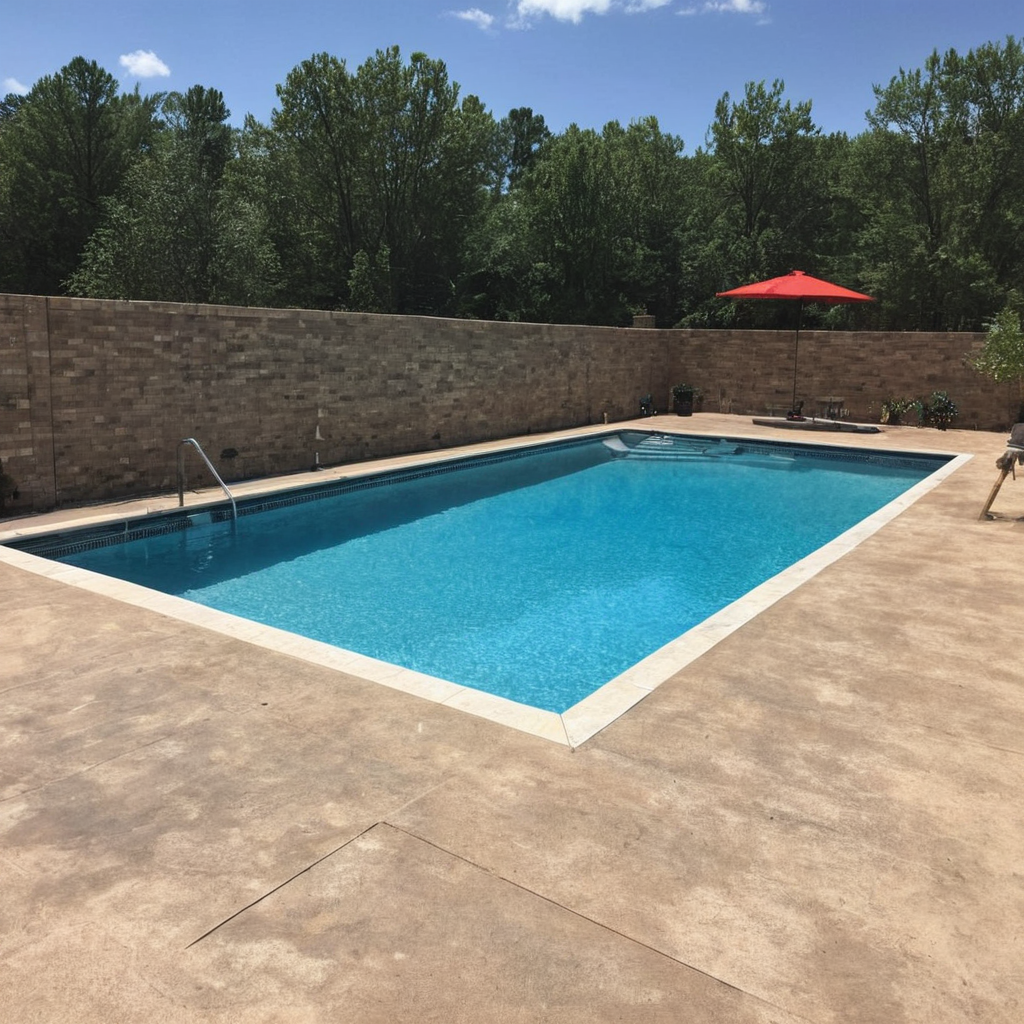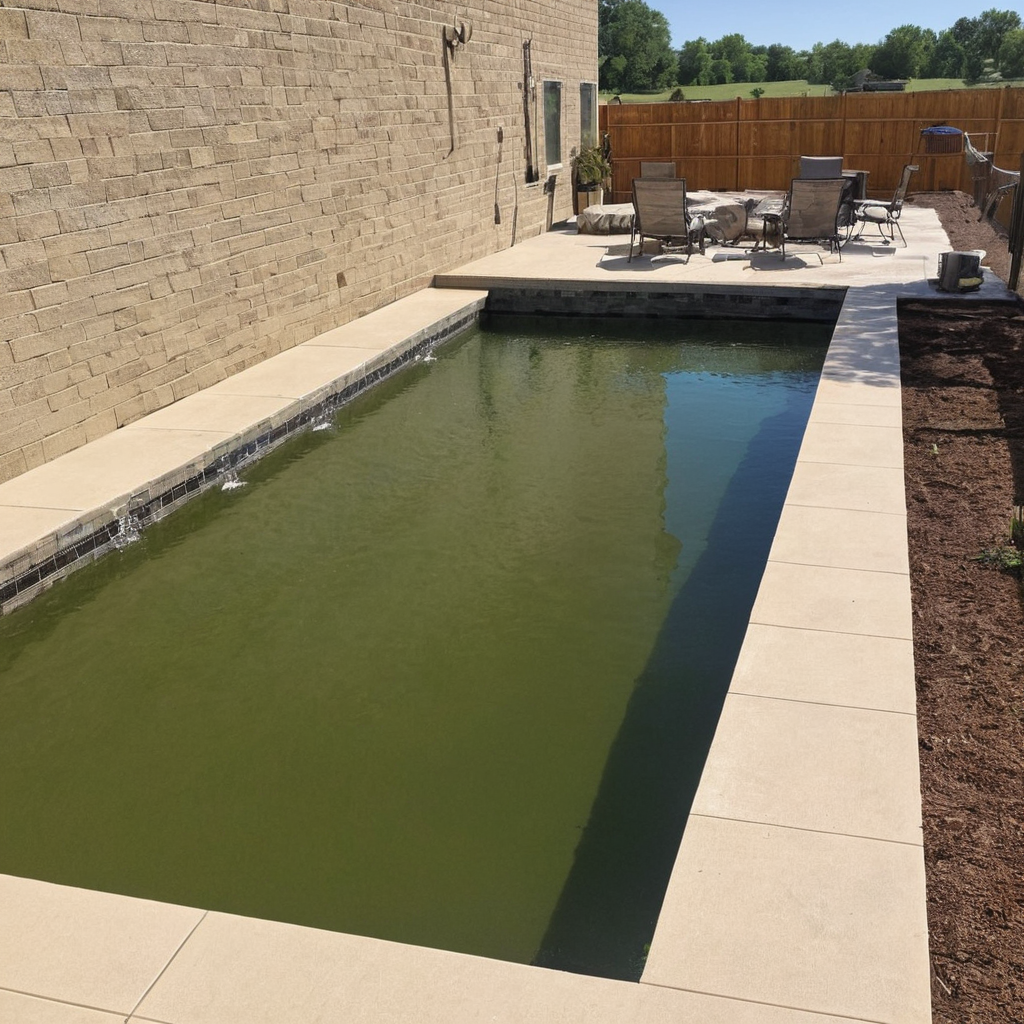For homeowners and potential buyers alike, an in ground pool can be a valuable addition to any property. Constructing one using cinder blocks is cost-effective and straightforward, but the crucial step of waterproofing can pose some challenges.

While some opt for a vinyl pool liner as a quick solution for waterproofing, it’s worth noting that pool liners come at a significant cost and have a shorter lifespan compared to traditional waterproofing methods.
Table of Contents

Tools You’ll Need:
To undertake this project successfully, you will require the following tools and equipment:
- Eye protection
- Heavy-duty gloves
- Respirator mask
- Wire brushes
- Cleanup gear (vacuum, brooms, rags)
- Mechanical mixer
- Putty knife
- Hydraulic water-stop cement (waterproof)
- Flex Seal (spray, liquid, or paste)
- Drylok Extreme
- ¾-inch nap roller, Drylok brush, nylon bristle brush, or heavy-duty masonry sprayer
- Sandpaper
Step 1: Seal With Hydraulic Water Stop Cement
- Hydraulic water-stop cement, such as Quikrete, is a rapid-setting repair material ideal for active pool leaks.
- It’s crucial for waterproofing as cinder blocks tend to chip and crack over time.
- Ensure the pool is free of dirt, oil, and debris.
- Mix the cement according to the manufacturer’s instructions.
- Fill cracks or holes, supporting the material vertically to prevent sagging.
- Wait for it to set completely and then sand for a smooth finish.
Step 2: Use Flex Seal on Pool Corners and Edges
- Flex Seal is a versatile material that starts as a liquid and dries into a rubberized, watertight shield.
- It’s essential for sealing corners, edges, and vertical stops in the pool, accommodating structural settling over time.

3. Wear protective gear and apply it evenly from a distance of 8”–12”.
4. Allow each coat 24–48 hours to dry before applying additional coats.
5. Apply several thin coats for optimal curing and leak prevention.
Step 3: Coat the Entire Pool Inside With Drylok Extreme
- Drylok Extreme is a specialized waterproofer that seals masonry pores effectively.
- Clean the surface and paint the first coat using a brush, roller, or sprayer.
- Wait for each coat to dry before applying the next.
- Inspect for pinholes or cracks and address them as needed.
- Drylok Extreme can be tinted to your desired color and is easy to maintain and clean.

Annual Maintenance
- Properly waterproofed pools require minimal maintenance compared to vinyl liners.
- Regularly inspect for cracks, peeling paint, or small problems.
- Address minor issues promptly by sanding, applying Flex Seal, and repainting with Drylok Extreme.
- Refresh Flex Seal on corners and edges every 5–10 years to prevent drying and cracking.
- Be vigilant for efflorescence, and treat the root cause before redoing affected areas.
Final Thoughts
Waterproofing your cinder block pool can be a rewarding endeavor, albeit time-consuming. Allow sufficient curing time for each coating, preferably during warm weather, and follow manufacturer’s instructions closely. Always prioritize safety by wearing appropriate personal protective gear to safeguard your health.


